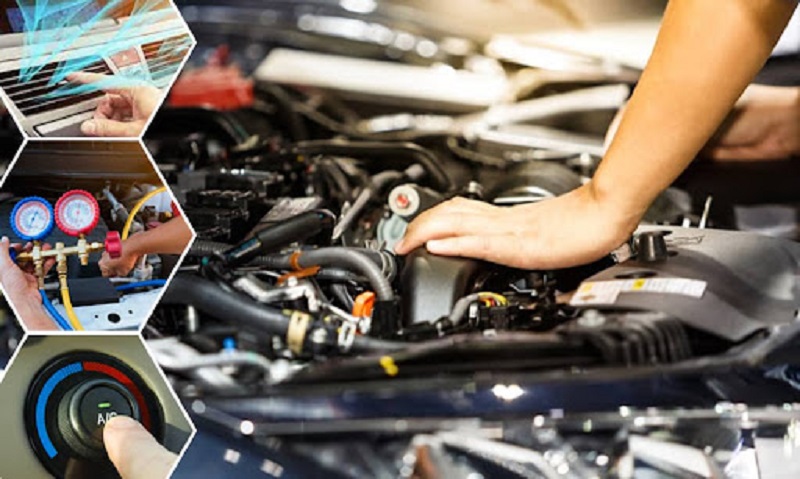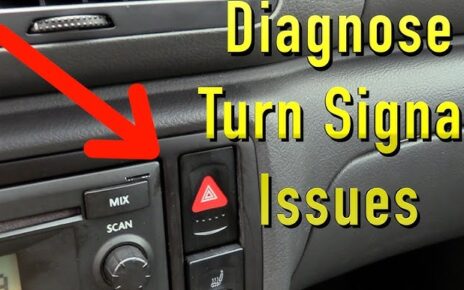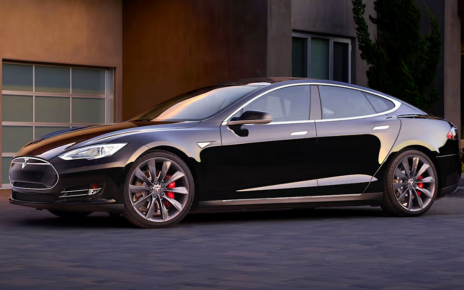Flickering car headlights can be more than just a nuisance—they’re often a warning sign of underlying electrical or mechanical issues that can affect your safety on the road. Whether your headlights flicker intermittently or constantly, it’s important to understand what causes this problem and how to address it effectively. In this article, we explore the common reasons behind flickering headlights and the expert solutions that restore reliable lighting.
Common Causes of Flickering Headlights
Flickering headlights can result from several issues ranging from simple to complex. One of the most frequent causes is a loose or corroded connection in the headlight wiring or socket. This poor contact can interrupt the power supply, causing the lights to flicker. Additionally, a failing bulb or worn filament can cause inconsistent illumination. Other causes include a weak or dying battery, alternator problems, or a faulty headlight switch. Understanding these potential causes helps narrow down the exact problem during diagnostics.
Electrical System Problems and Flickering
The electrical system plays a critical role in powering your headlights. A weak alternator or a battery that isn’t holding charge properly can cause voltage fluctuations, leading to flickering lights. Similarly, a faulty ground connection or damaged wiring harness can create intermittent power supply issues. These problems often manifest as flickering headlights and other electrical anomalies like dashboard warning lights or dimming interior lights. Technicians typically use diagnostic tools to measure voltage and inspect wiring integrity to pinpoint these issues. The ideal choice from the Auto Repair in Blue Springs, MO based service would be essential here.
The Role of Headlight Bulbs in Flickering
Sometimes, the problem is simply with the bulb itself. Older halogen bulbs, for example, can develop a brittle filament that flickers as it starts to fail. LED headlights, while more durable, can also flicker if there’s an incompatible electrical setup or a failing driver module controlling the LEDs. Replacing the bulbs with quality, manufacturer-recommended parts often solves flickering caused by bulb failure. Proper installation and testing after replacement are essential to ensure the problem is resolved.
Professional Diagnostic and Repair Solutions
When flickering headlights occur, professional mechanics begin with a thorough inspection of the headlight assembly and related electrical components. This includes checking wiring connections, testing the battery and alternator, and evaluating the condition of the bulbs and switches. Repairs may involve tightening or replacing corroded connectors, repairing or replacing wiring, installing new bulbs, or servicing the charging system. In some cases, software updates or module replacements might be necessary for vehicles with advanced lighting systems.
Preventing Flickering Headlights
Regular maintenance is key to preventing flickering headlights. This includes periodic inspection of your car’s lighting system, cleaning electrical contacts, and ensuring your battery and alternator are in good health. Avoid DIY fixes without proper knowledge, as improper handling can worsen electrical issues. Instead, schedule professional check-ups, especially if you notice any signs of flickering or dimming. Early detection and repair keep your headlights functioning properly and improve road safety.
Conclusion
Flickering car headlights signal potential electrical or mechanical problems that require prompt attention. From loose connections and failing bulbs to alternator and battery issues, several factors can cause this issue. Expert diagnostics and repairs are essential to restore consistent headlight performance and maintain safe driving conditions.





